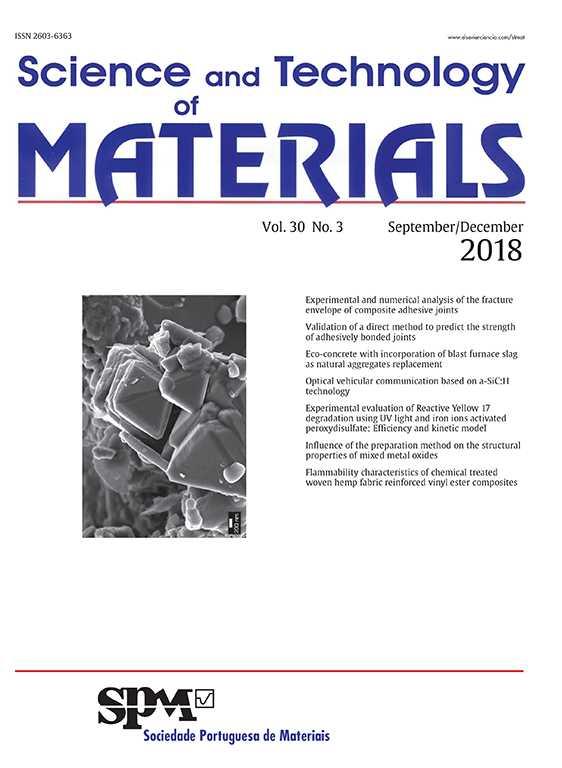NiTi alloys used for orthodontic applications need to show superelastic characteristics at room and oral temperatures. The ideal scenario is that where the material has a final austenitic phase transformation value below the room temperature. This study aims at understanding the influence of the ageing treatments in the austenitic structure at room temperature on a wire of a Ni-rich NiTi alloy produced by rotary forging by the evaluation of the phase transformation temperatures and mechanical behaviour in order to promote the superelastic behaviour at room temperature. The investigation was conducted using DSC (Differential Scanning Calorimetry) analysis and instrumented ultramicrohardness. The solubilisation at 950°C for 120min with water quenching showed a satisfactory amount of B2 phase at room temperature when compared to the sample after forging. After solubilisation, ageing treatment at 350°C for 30min gave a relatively higher hardness value and an Af temperature below the room temperature, ensuring the presence of austenitic phase at room and oral temperatures.
SRJ is a prestige metric based on the idea that not all citations are the same. SJR uses a similar algorithm as the Google page rank; it provides a quantitative and qualitative measure of the journal's impact.
See moreSNIP measures contextual citation impact by wighting citations based on the total number of citations in a subject field.
See more




